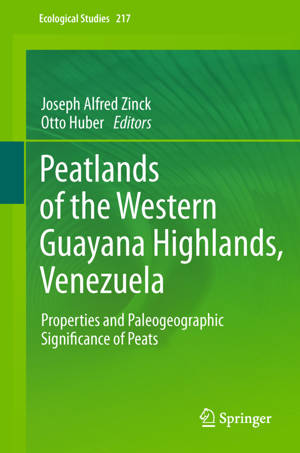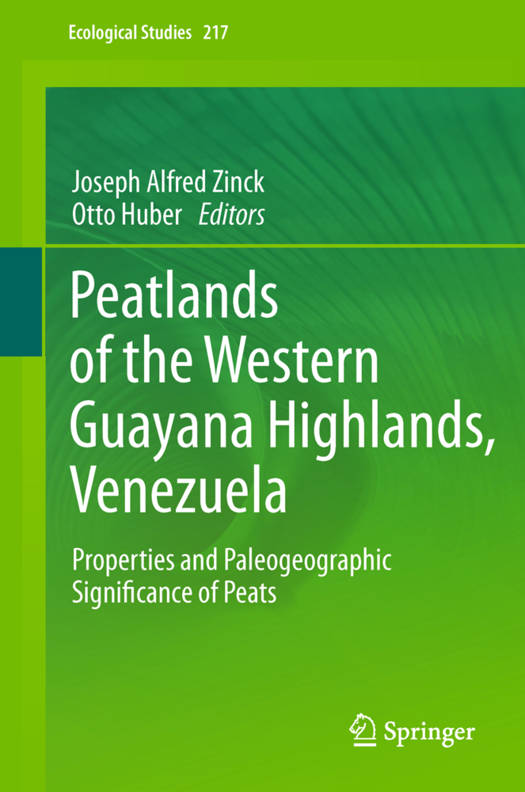
- Retrait gratuit dans votre magasin Club
- 7.000.000 titres dans notre catalogue
- Payer en toute sécurité
- Toujours un magasin près de chez vous
- Retrait gratuit dans votre magasin Club
- 7.000.0000 titres dans notre catalogue
- Payer en toute sécurité
- Toujours un magasin près de chez vous
Peatlands of the Western Guayana Highlands, Venezuela
Properties and Paleogeographic Significance of Peats
Description
The Guayana Highlands in northeastern tropical America, rising from lowland rain forests and savannas up to 3000 m elevation, are characterized by ancient tablelands called tepuis. The peatlands that developed on the tepuis constitute unique and fascinating ecosystems and are the focus of this volume, which starts with an overview of tropical and subtropical peats, followed by an introduction to the geo-ecological features of the Guayana region as a whole, with special emphasis on the diversity of the vegetation cover from lowlands to uplands to highlands. The core subject centers on the properties and dating of the peat deposits and the interpretation of the chronological record in terms of past environmental changes. The well illustrated book will appeal to a broad range of scientists interested in tropical highland peats, including quaternarists, soil scientists, geomorphologists, geographers, geologists, ecologists, botanists, hydrologists, conservationists, and land use planners.
Spécifications
Parties prenantes
- Editeur:
Contenu
- Nombre de pages :
- 295
- Langue:
- Anglais
- Collection :
- Tome:
- n° 217
Caractéristiques
- EAN:
- 9783642201370
- Date de parution :
- 04-08-11
- Format:
- Livre relié
- Format numérique:
- Ongenaaid / garenloos gebonden
- Dimensions :
- 155 mm x 234 mm
- Poids :
- 566 g

Les avis
Nous publions uniquement les avis qui respectent les conditions requises. Consultez nos conditions pour les avis.





